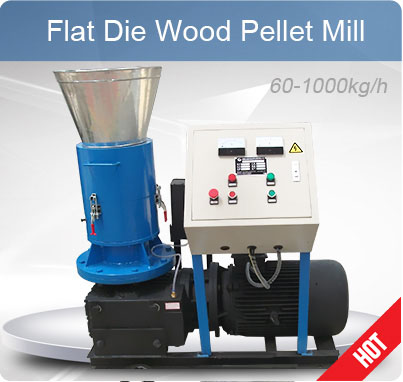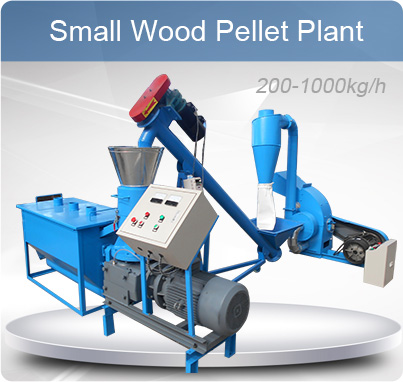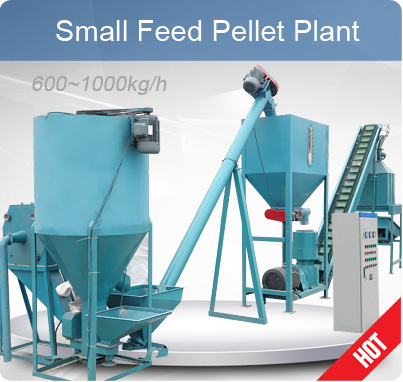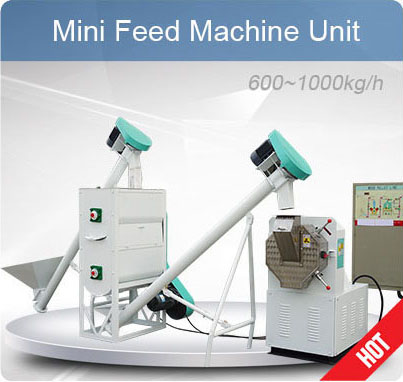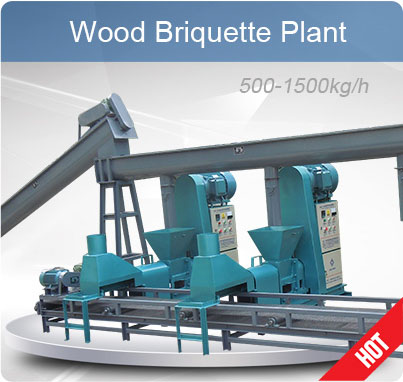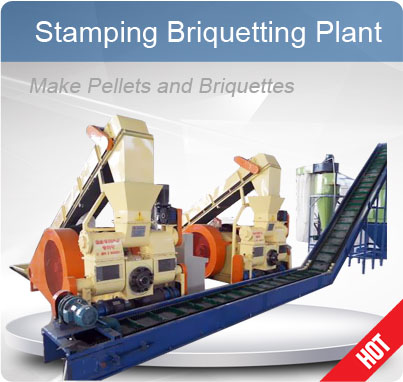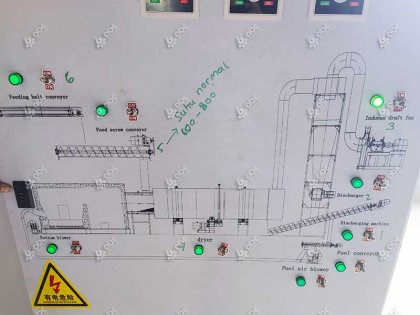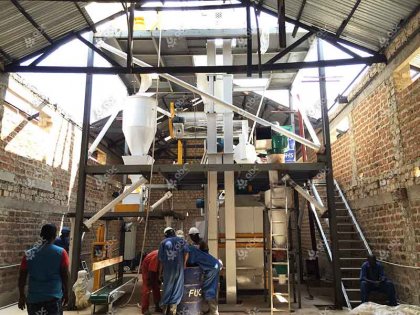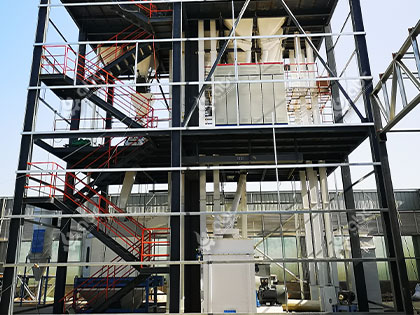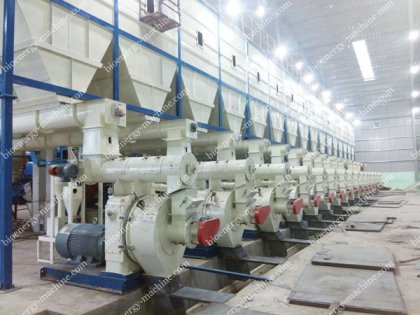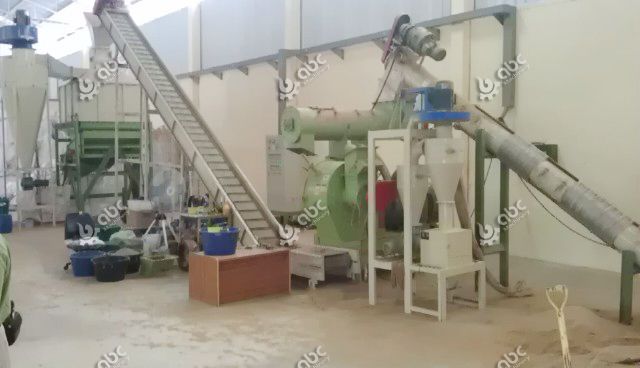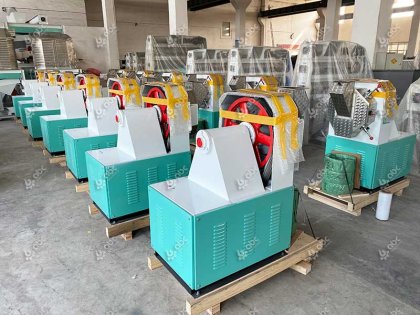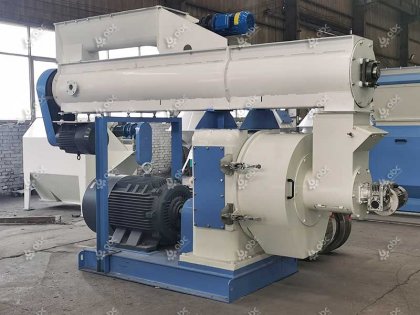This article explores the differences between RDF and traditional fuels(Coal,Petroleum,Natural Gas), focusing on calorific values, production efficiency, and sustainable energy potential. It also highlights how RDF can be leveraged for effective waste disposal using modern equipment and optimized processing systems offered by ABC Machinery.
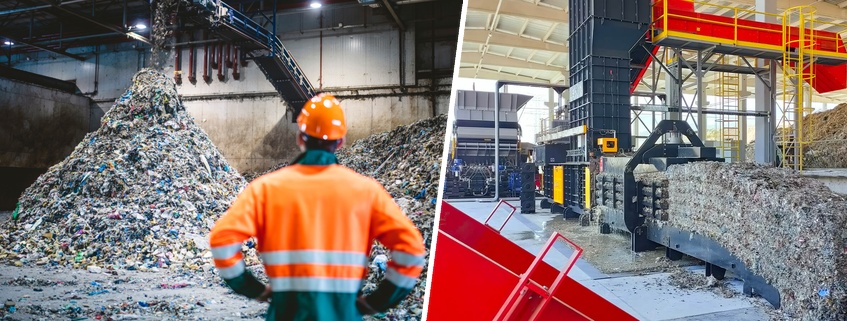
RDF Success in Waste-to-Energy Projects
RDF vs. Traditional Fuels: A Calorific Value Comparison
The comparison between RDF (Refuse-Derived Fuel) and traditional fuels, such as coal and natural gas, often centers on calorific value—the amount of energy released when a fuel is burned. RDF, a renewable energy source made from non-recyclable waste, is gaining traction due to its environmental benefits and process flexibility.
RDF typically has a calorific value of 18–22 MJ/kg, slightly lower than coal (24–30 MJ/kg) but significantly cleaner. Its production involves shredding, metal separation, and pelletizing, offering a standardized fuel format suitable for boilers and kilns.
| RDF | 18–22 | 220 | Shredder, magnetic separator, pellet mill |
| Coal | 24–30 | 330 | Crusher, pulverizer |
| Natural Gas | 35–40 | 200 | Gas turbine system |
| Fuel Type | Calorific Value (MJ/kg) | CO₂ Emissions (kg/MWh) | Processing Equipment |
|---|
Energy Efficiency and Combustion Performance
RDF’s energy efficiency is driven by the uniform size and dryness of the processed fuel. With proper equipment, RDF-fired boilers can achieve thermal efficiency up to 85%, compared to about 80% for coal systems. The combustion quality depends on the proportion of organics and drying efficiency in RDF processing.
- Higher Calorific Value: RDF can reach up to 22 MJ/kg with optimized drying.
- Efficient Combustion: Thermal efficiency of RDF boilers reaches 85%.
- Waste-to-Energy: Converts non-recyclables into renewable energy.
RDF in Sustainable Energy Solutions
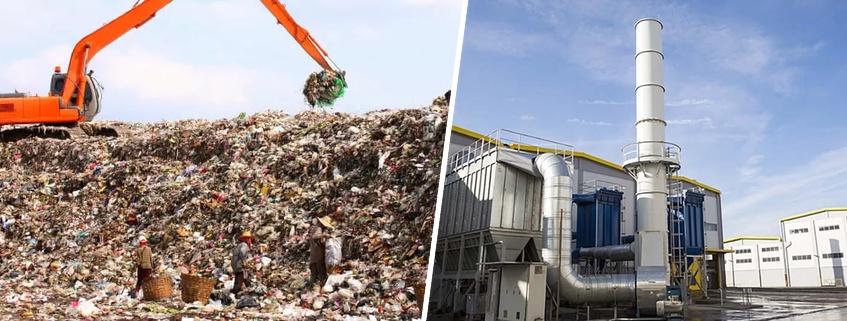
Global RDF Market Distribution in Waste Management
RDF has shown considerable promise in advancing the global shift towards sustainable energy solutions. By converting waste into energy, RDF plays a significant role in reducing carbon emissions and promoting a circular economy.
Incorporating RDF into waste-to-energy plants can significantly lower the environmental impact compared to traditional waste disposal methods. RDF processing reduces greenhouse gas emissions by up to 30% when compared to landfilling, making it a viable option for companies aiming to meet sustainability targets. Furthermore, RDF combustion releases fewer pollutants such as sulfur dioxide and nitrogen oxides, further improving its environmental footprint.
The RDF market is expanding, driven by the need for alternative fuel sources. For example, European countries have heavily invested in RDF for industrial applications, and it is projected that the RDF market will grow by 8% annually, reaching a market size of $24 billion by 2030.
Environmental Benefits of RDF
RDF helps in reducing the dependency on fossil fuels, such as coal, and minimizes waste incineration. It contributes significantly to reducing global carbon footprints while promoting cleaner energy production.
- Reduced Carbon Emissions: Up to 30% fewer emissions compared to landfills.
- Cleaner Energy Production: Less sulfur dioxide and nitrogen oxide are released.
- Market Growth: RDF market expected to grow at 8% annually until 2030.
Want to leverage RDF for your sustainability goals? Connect with ABC Machinery’s experts to explore market insights and equipment options.
Need a reliable RDF solution for your business? Partner with ABC Machinery, a trusted supplier, to get customized systems and transparent pricing.Selecting the Right RDF Fuel and Engineering Solutions
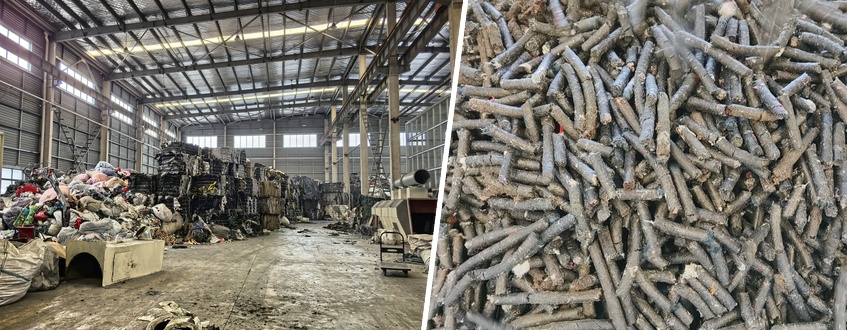
RDF Feedstock to Fuel Comparison for Waste-to-Energy Plants
Selecting the appropriate RDF fuel and integrating it into your energy system requires careful consideration of both the waste material and the processing technology. RDF can vary in its calorific value depending on the type of waste used, so understanding the fuel characteristics is crucial for optimizing energy production.
Moreover, choosing the right processing equipment—such as shredders, dryers, and combustion chambers—ensures the best energy output. Working with a trusted engineering partner can help tailor RDF solutions to meet specific production requirements and energy goals.
- Custom Solutions: Tailored RDF fuel and equipment setups.
- Technology Integration: Proper equipment ensures optimized energy output.
- Scalable Systems: RDF systems can be adjusted for different factory sizes.
Ready to build an efficient RDF production line? Contact ABC Machinery to discuss your plant’s needs and get detailed equipment quotes.
Maximize your RDF project’s potential with ABC Machinery. As a leading manufacturer, we offer tailored solutions to fit your budget and business goals—reach out today to get started.


